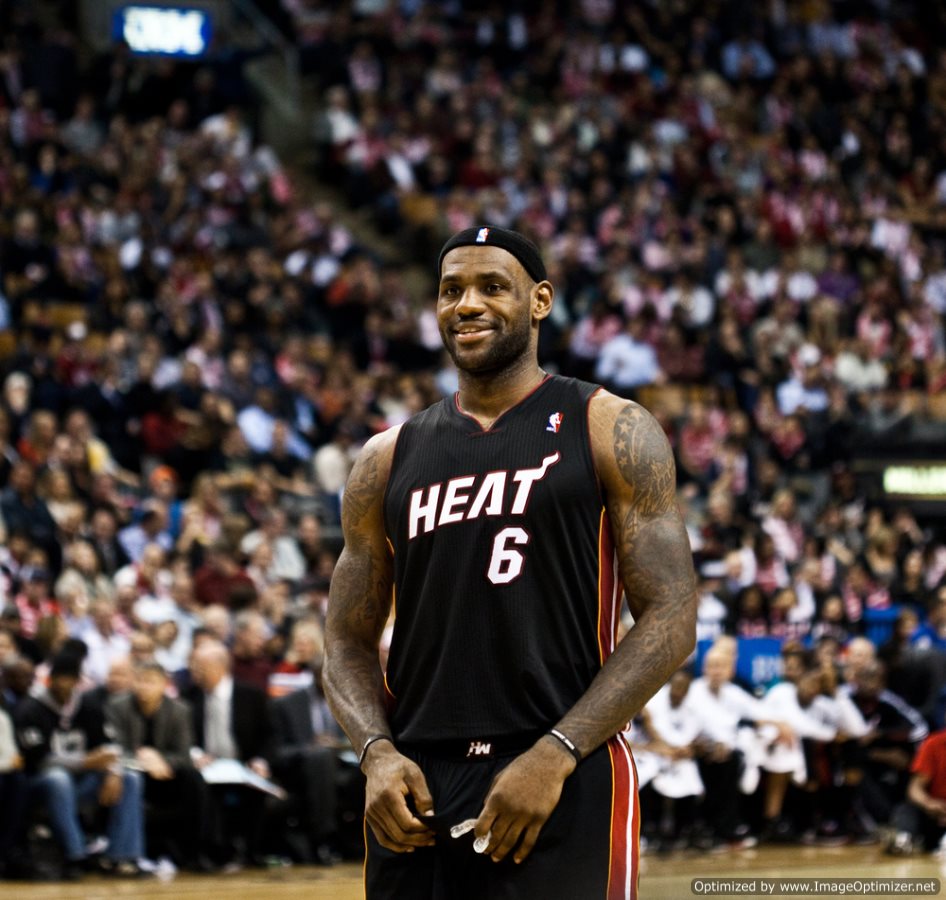
Progress Made in NBA Labor Talks: A Look into the Future
The NBA is a multi-billion-dollar industry, with a global audience that is growing rapidly. The league is also known for its complex labor negotiations, which have often led to player strikes and lockouts. However, in recent years, progress has been made in NBA labor talks. In this article, we will explore the progress that has been made so far, the current state of negotiations, and what the future holds for the NBA and its players.
The Recent History of NBA Labor Negotiations
The NBA’s Collective Bargaining Agreement (CBA) is the contract between the league and the players’ union that governs the terms and conditions of employment for players in the league. Negotiations for a new CBA typically begin in the months leading up to the expiration of the current CBA. The most recent CBA between the NBA and the National Basketball Players’ Association (NBPA) was signed in 2017 and is set to expire in 2024.
Prior to the 2017 agreement, negotiations for the previous CBA were contentious, with the 2011 lockout resulting in the cancellation of 16 regular-season games and several weeks of the season. The lockout was a result of the NBA owners and players’ union being unable to agree on issues such as the split of basketball-related revenue, player salaries, and the length of player contracts.
Progress Made in Recent Labor Talks
In contrast to the contentious negotiations of the past, progress has been made in recent NBA labor talks. One of the major issues in the 2017 CBA negotiations was the split of basketball-related revenue between the league and players, with the league seeking a reduction in the players’ share. However, negotiations resulted in a compromise under which the players’ share remained at around 50% of basketball-related revenue.
Another issue addressed in the 2017 negotiations was the length of player contracts. The maximum length of player contracts was reduced from five years to four years for players who hadn’t previously been on an NBA roster for four or more years. The change was aimed at reducing the financial risk for teams signing unproven players, while also giving players a chance to renegotiate more frequently based on their performance.
Other changes resulting from the 2017 CBA negotiations include an increase in the rookie-scale contract for first-round draft picks, an increase in the minimum salary for NBA players, and an expansion in the use of two-way contracts, which allow players to be signed to both an NBA and a G-League team.
Current State of Negotiations
While progress has been made in recent NBA labor talks, negotiations are ongoing. One of the key issues being discussed is the salary cap, which is the limit on the amount of money that teams can spend on players’ salaries. The current CBA sets the salary cap based on a formula that takes into account the league’s basketball-related revenue.
However, the COVID-19 pandemic has had a significant impact on the league’s revenue, with games being played in empty stadiums and a reduced number of games being played in the 2020-2021 season. As a result, the salary cap for the 2020-2021 season was set at $109.1 million, a decrease of $3.0 million from the previous season. The league and players’ union are currently in discussions about how to set the salary cap for future seasons.
Another issue being discussed is the health and safety protocols for players during the COVID-19 pandemic. The league has put in place a series of protocols aimed at reducing the risk of transmission of the virus, including daily testing, mandatory mask-wearing, and restrictions on player movement. However, several players have tested positive for the virus, and there are concerns about the mental health of players being isolated from their families for extended periods of time.
Future of NBA Labor Negotiations
The NBA is set to play a major role in the sporting landscape in the coming years, with an increasing global audience and a new generation of players who are already making their mark on the league. As the league continues to grow, it is likely that labor negotiations will become even more complex, with players’ needs and desires changing alongside it.
One area that is likely to continue to play a major role in labor negotiations is player empowerment. In recent years, players have become increasingly vocal about their desire to have more control over their careers, both on and off the court. This has led to changes such as the use of player-option contracts, which allow players to decide whether or not to enter into a new contract with their current team, and the increase in player movement through trades and free agency.
Moreover, as the league continues to grow and evolve, it is likely that existing issues such as revenue sharing and salary caps will become even more complex. With the league expanding to new markets and new business models emerging, it is likely that the league and players’ union will have to navigate a wide array of legal and financial issues in the years to come.
Conclusion
In conclusion, progress has been made in recent NBA labor talks, with negotiations resulting in several changes to the league’s CBA that have been aimed at benefitting both players and teams. However, challenges remain, such as those posed by the COVID-19 pandemic and the evolving needs and desires of players in an ever-growing league. As the NBA continues to evolve, it is likely that ongoing labor negotiations will play a major role in shaping the league’s future.
The upcoming weekend is shaping up to be an enormous moment for the NBA and its locked-out personnel.
Progress has been made on a number of issues, yet the players union and the owners are still unwilling to express confidence that a deal is forthcoming. Fundamental matters remain unsettled, including an agreed split of the league’s multi-billion dollar revenue.
To reach a collective bargaining agreement—or at least to make progress—both sides met for nearly 8 hours on Thursday—the two sides will meet again today. The league’s commissioner, David Stern, said he has an idea of what a new CBA will look like and stressed it would be a failure if both sides could not reach a deal in the next few days.
For the last couple of days, the sides have engaged in negotiations concerning system issues, such as the luxury tax and the salary cap. If agreements are affirmed in these areas, the sides will turn to the giant elephant in the room—the split of all basketball-related income.
Both sides will continue to work around the clock to preserve as much of an 82-game season as possible—the first two weeks have already been cancelled.
























